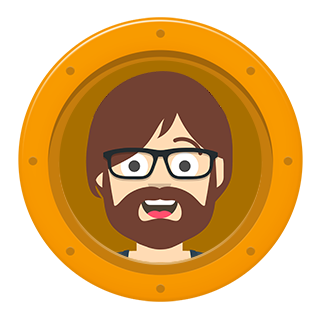
Findings in a nutshell
Findings helps researchers and scientists keep track of their experiments, meetings and projects, and build a detailed record of their activities.
Traditionally, these records would end up spread out into disparate paper notebooks, piles of stickies and files on various computers and servers. Findings not only makes it easy to write down tasks as they are performed, in the right place and right context, but also naturally creates a single repository of notes and data files, easy to browse and search, without any additional work from the user. We think Findings will make the work of researchers and scientists easier, more enjoyable and much more efficient.
Findings as a lab notebook
At its heart, Findings is an “electronic lab notebook”. When biologists, physicists or chemists investigate how nature works, they must keep a detailed journal of what they do and the results. Such good practices help with everyday work but are also fundamental to collaboration, reproducibility, accountability, publishing, intellectual property, etc.
Most researchers in academia still use paper lab notebooks. This might seem surprising, given how computing has become so essential in science. Why is paper still widely used? Its big advantage is immediate availability and flexibility. There is almost no friction: just grab a pen, then write and doodle freely.
Unfortunately, paper is a very poor medium for the long-term goals of a lab journal, where digital is a clear winner: storing results, analysing data, searching, replicating, sharing, preserving,…
Findings ambition is simple: make your Mac, iPhone or iPad a better tool than paper to perform research and keep records. We want our users to spend less time on the minutiae of note taking, so they can focus on the actual research and achieve more, while being more satisfied.
Not a scientist?
Findings is primarily aimed at researchers and scientists, but the scientific workflow is something that can successfully be applied to many situations, with great benefits. By its very nature, Findings encourages experimentation and can help improve any kind of process or workflow that depends on multiple parameters or needs to be adapted to various situations. Which is pretty much everything in life, right?
The Findings team
Findings was created by scientists turned indie software developers. It is truly an app made by scientists, for scientists.
Findings the app, is the product of Findings Software SAS, the company. It was formed in France in 2013 by Alexander Griekspoor and Charles Parnot. Both founders began in scientific research, before leaving to develop software for Apple platforms. Alexander developed the Apple Design Award (ADA) winning apps 4Peaks, EnzymeX, and Papers. The first version of Findings for Mac was released in April 2014, and Findings 2 in January 2018. Findings for iOS was released in 2015.
The pair have a long friendship, and have collaborated on many projects, including the web site MacResearch.org, which was popular with Mac-using scientists in the mid-2000s. They teamed up with designer and longtime personal friend Marcello Luppi of Wrinkly Pea Design who gave the app its crisp, modern look and feel, and made it easy to use and navigate.
Findings is part of a small network of apps, with has been a constant source of inspiration, code and advice from talended individuals. Findings 2 in particular was developed alongside Agenda, an app from Drew McCormack. Findings and Agenda share a lot of the user interface look and feel, as well as the foundation. Be sure to also check out Studies from Drew McCormack and Manuscripts from Matias Piipari, as well as the apps from Nucleobytes.



